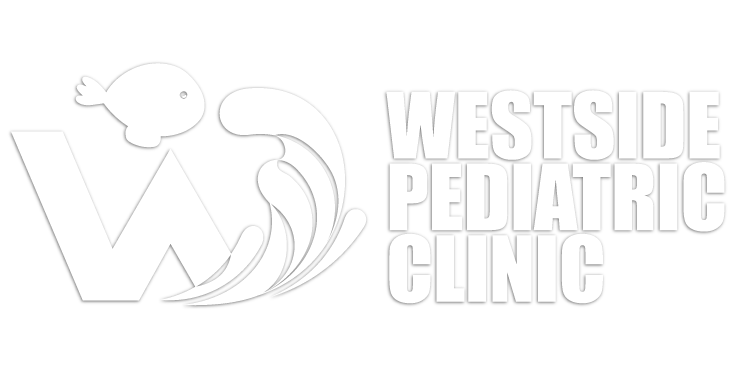Seeing children and parents at regular intervals is important in maintaining your child's health. Evaluating growth and development, discussing safety, nutrition, behavior and answering age related questions are the functions of well child/adolescent visits. We encourage the following schedule of visits; (the ages mentioned are approximate):
- 3-18 years, yearly. Please check with your individual insurance plan.
During some of these visits, immunizations will be given and routine laboratory tests may be done.
Vision and hearing tests are also given regularly. We encourage advance scheduling of well childcare. For infants, please schedule your next check up at the end of your visit. Otherwise, we suggest you call 6-8 weeks ahead of the time you wish to be seen. We attempt to schedule older children (5 year and older) for their physicals in the summer to keep sufficient time available to see our sick children during the illness season. Generally, we see well children from 9-11 a.m. and from 1-3 p.m. and sick children later in the morning and afternoon to prevent the spread of illness.
